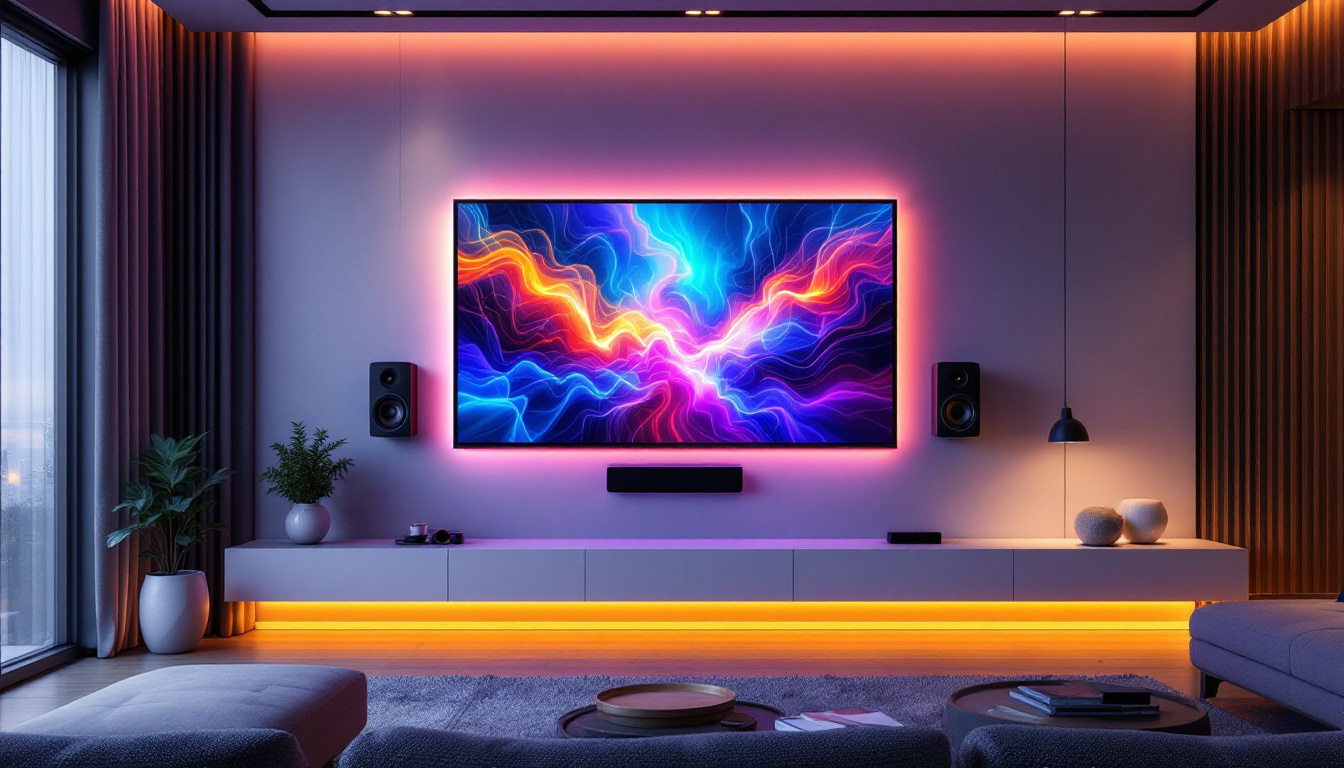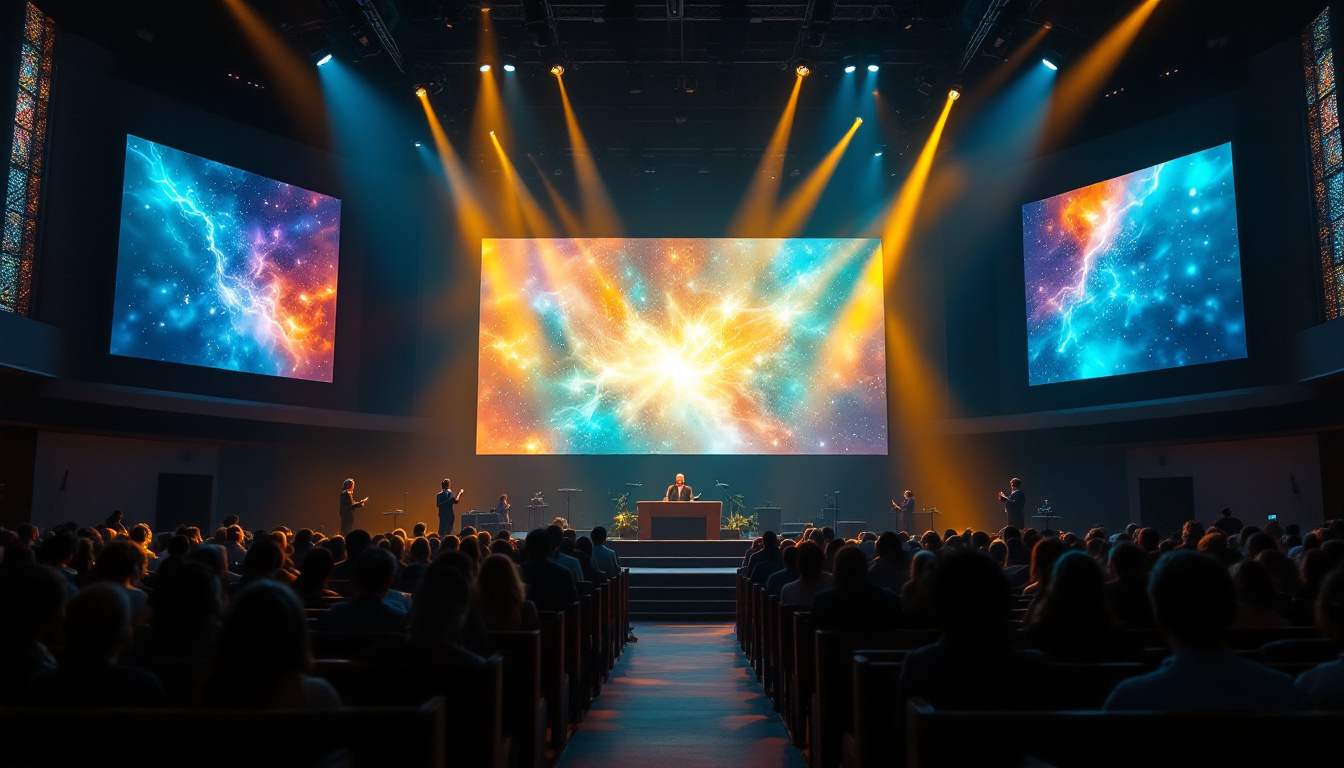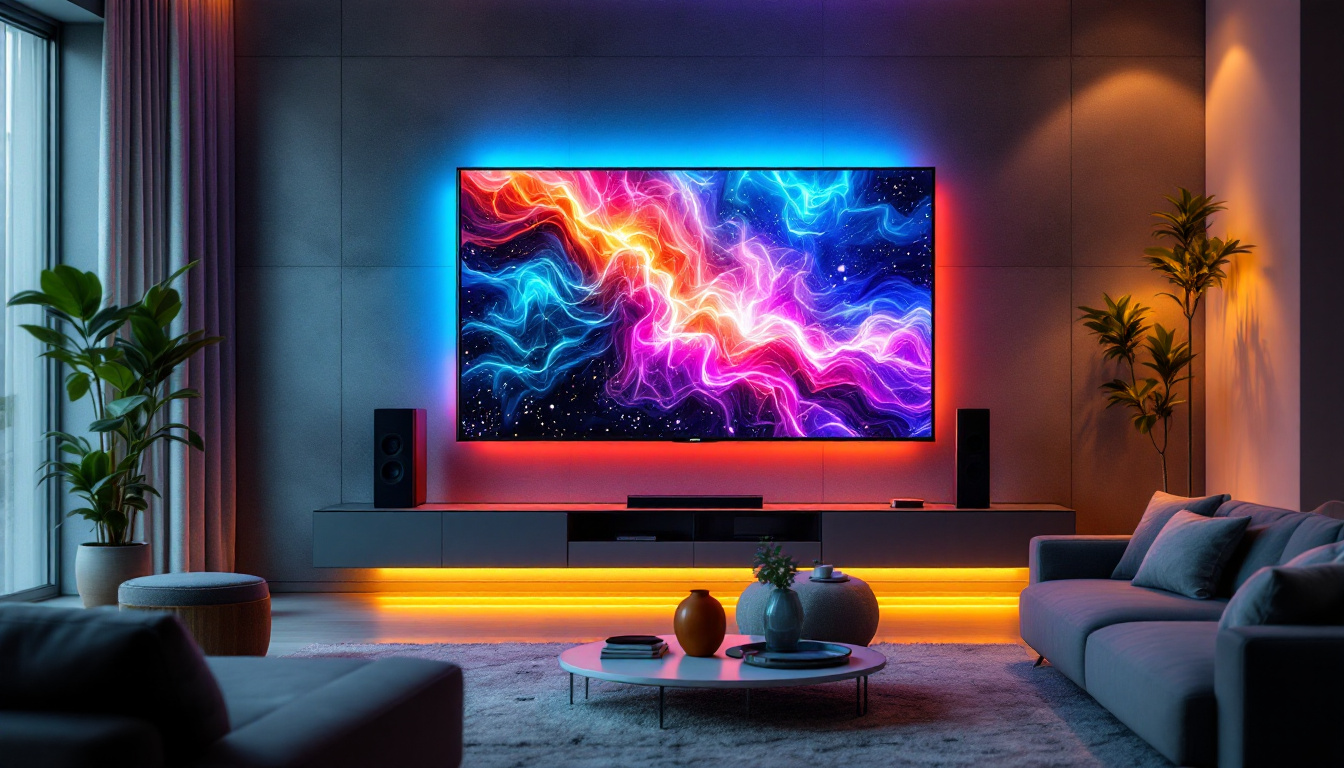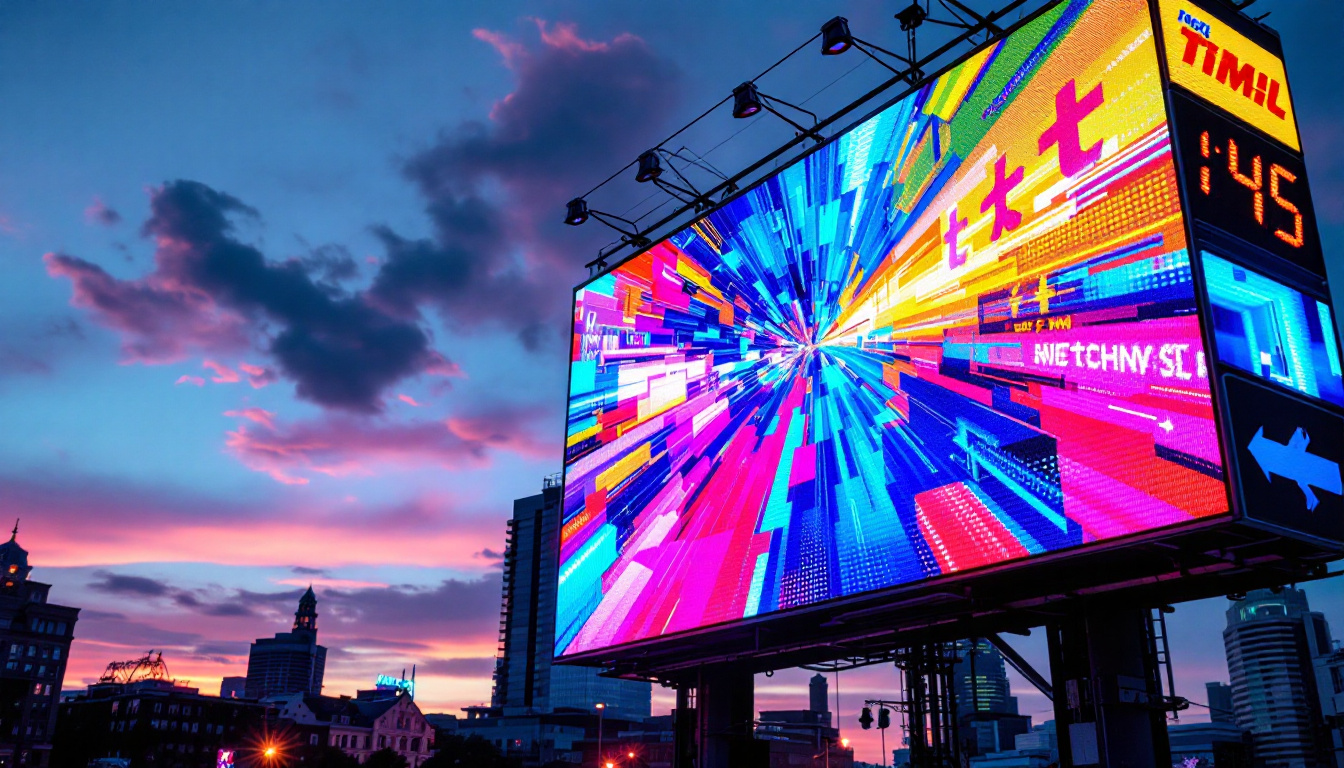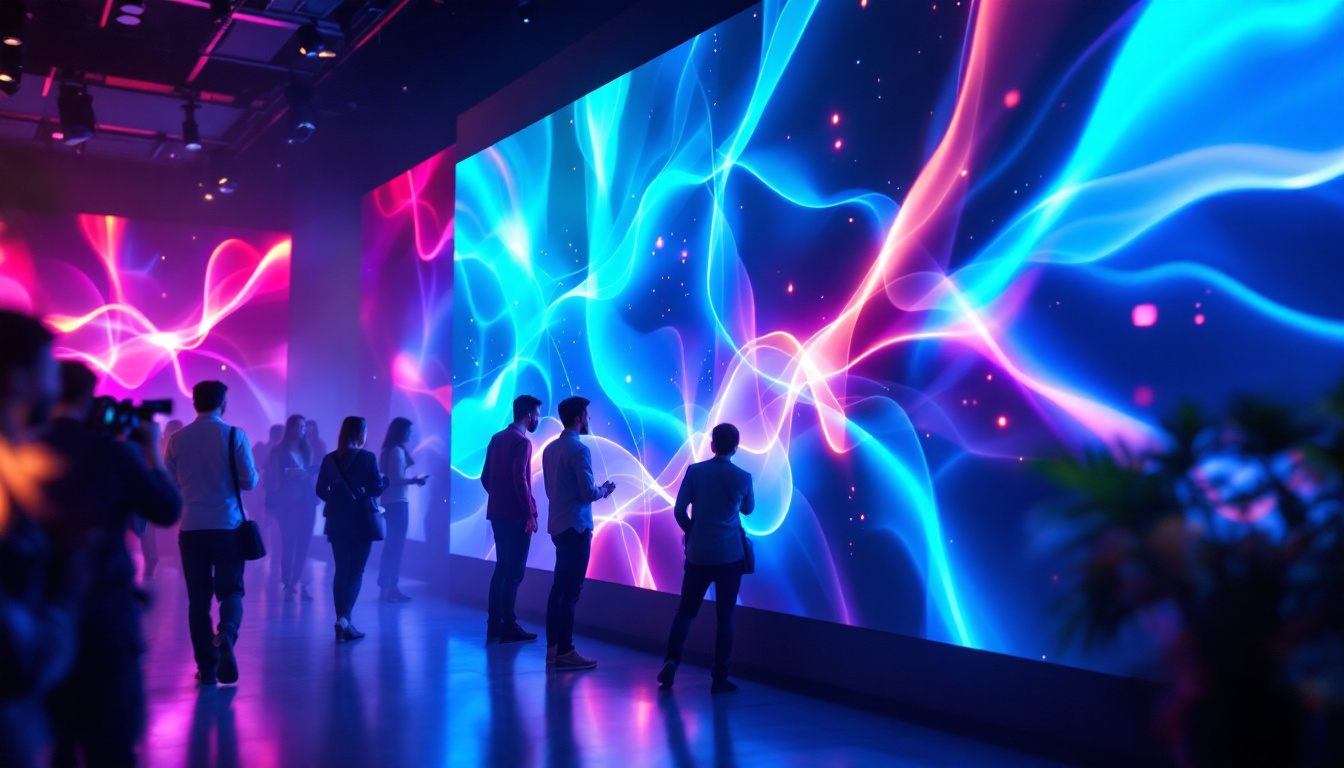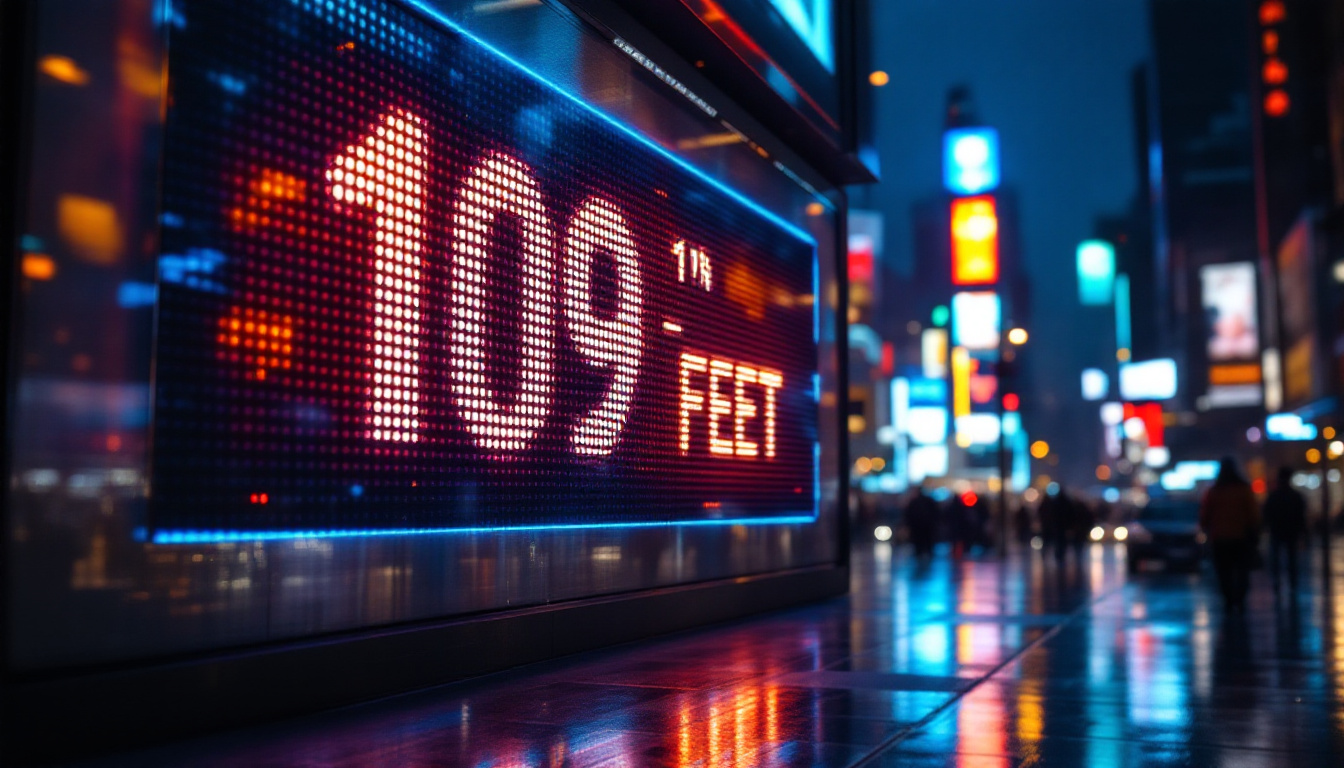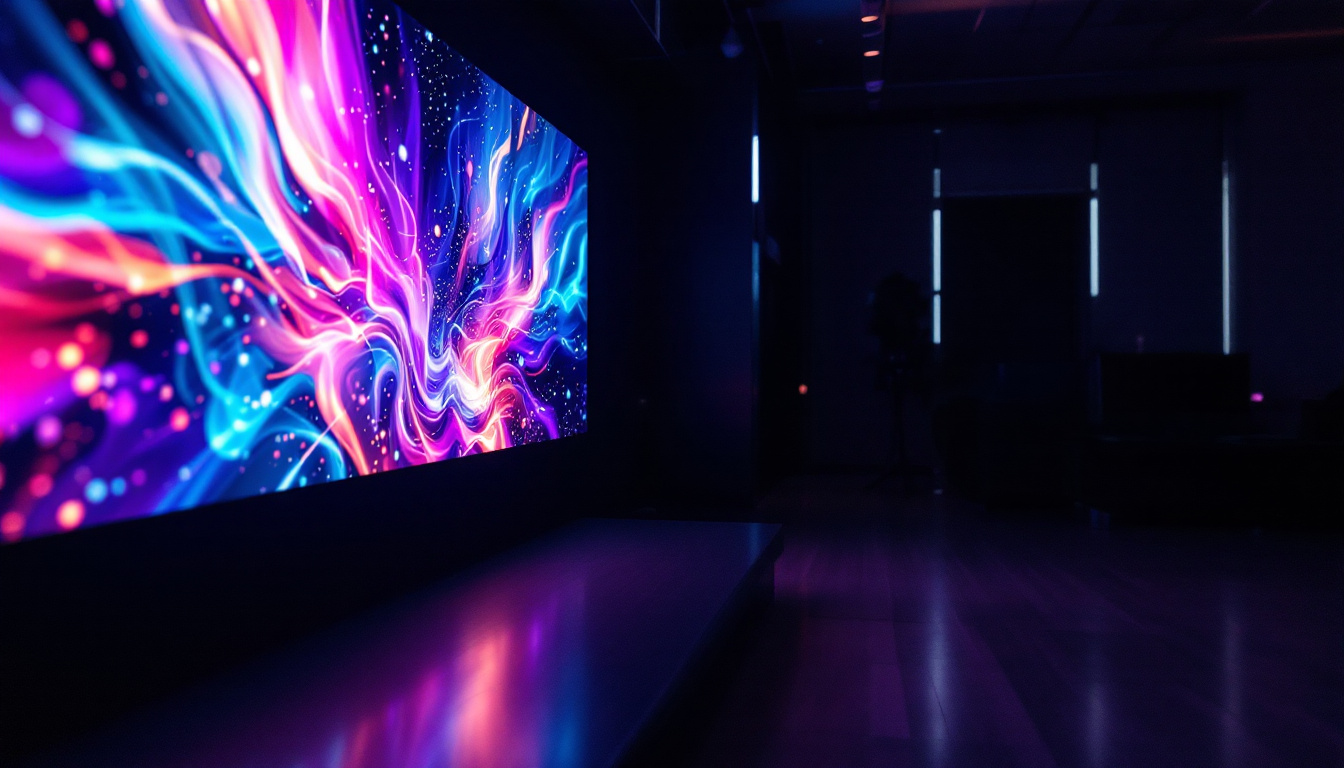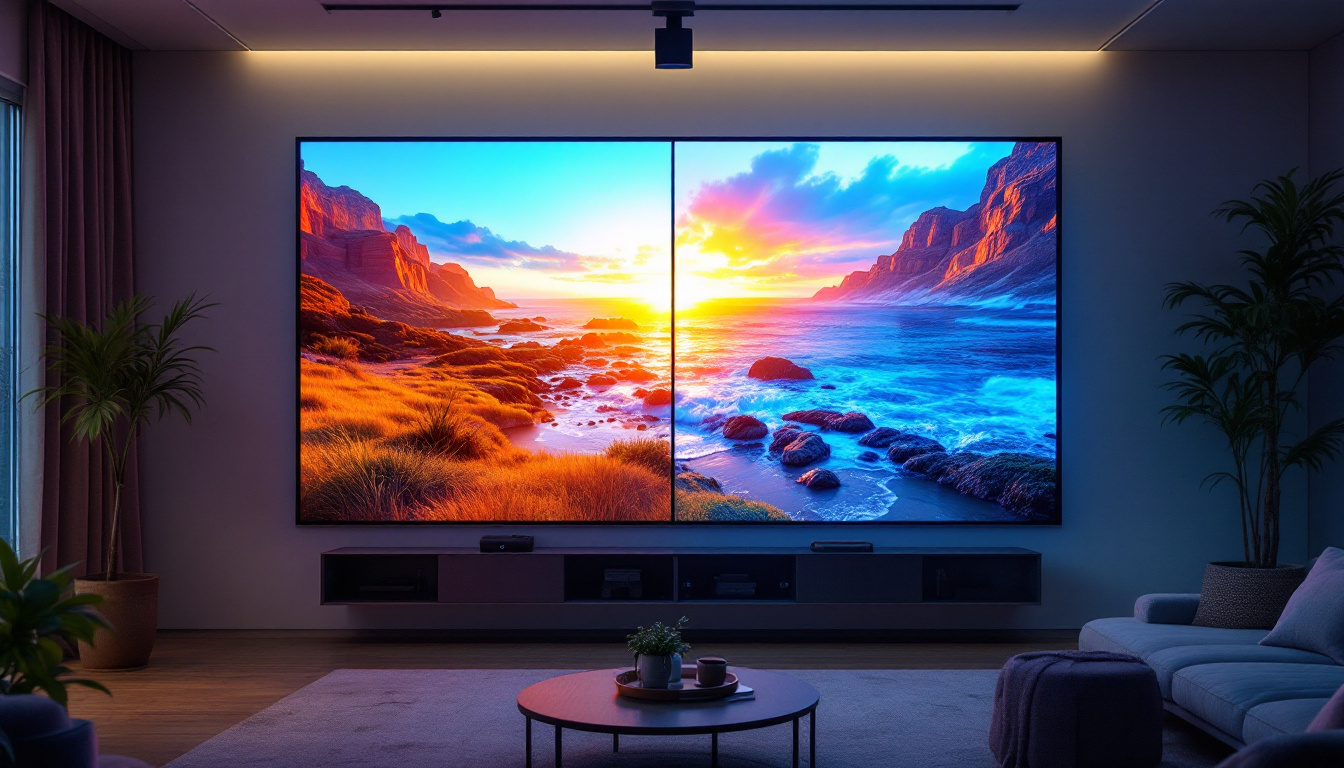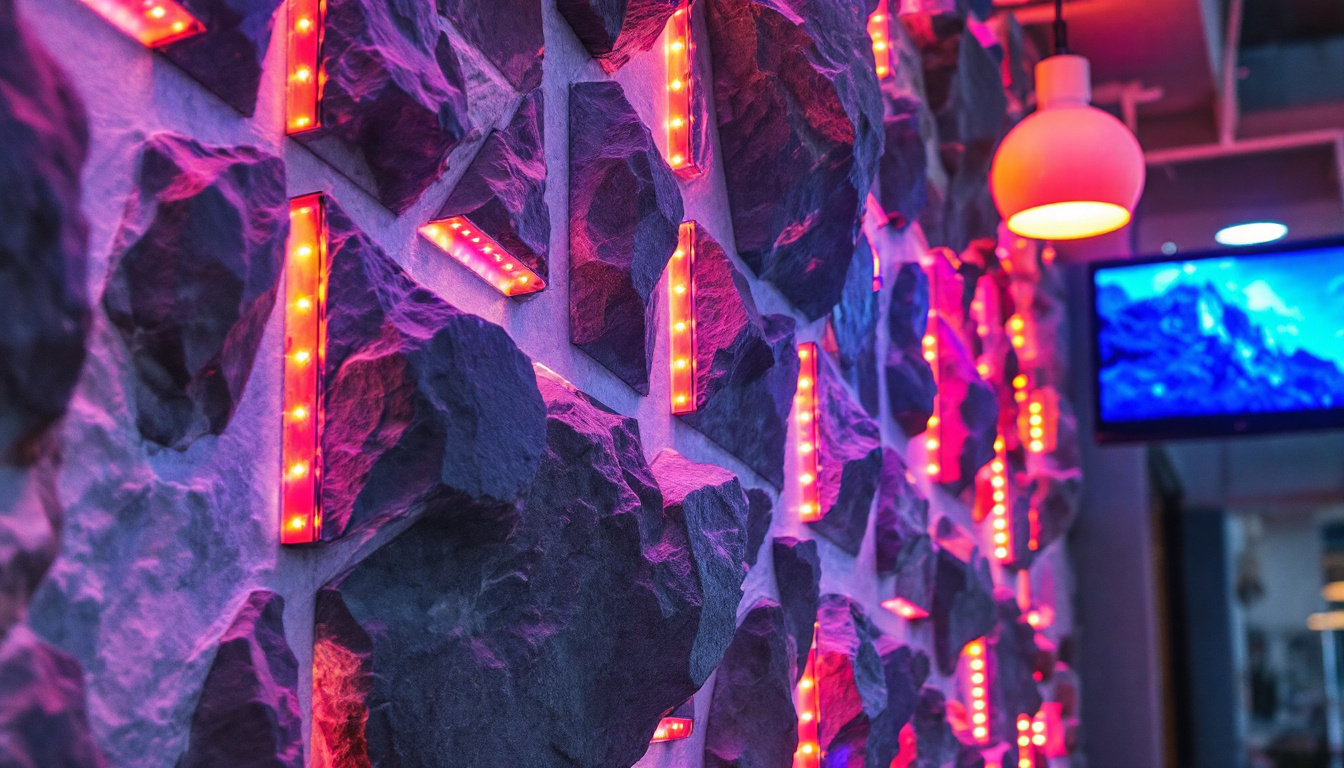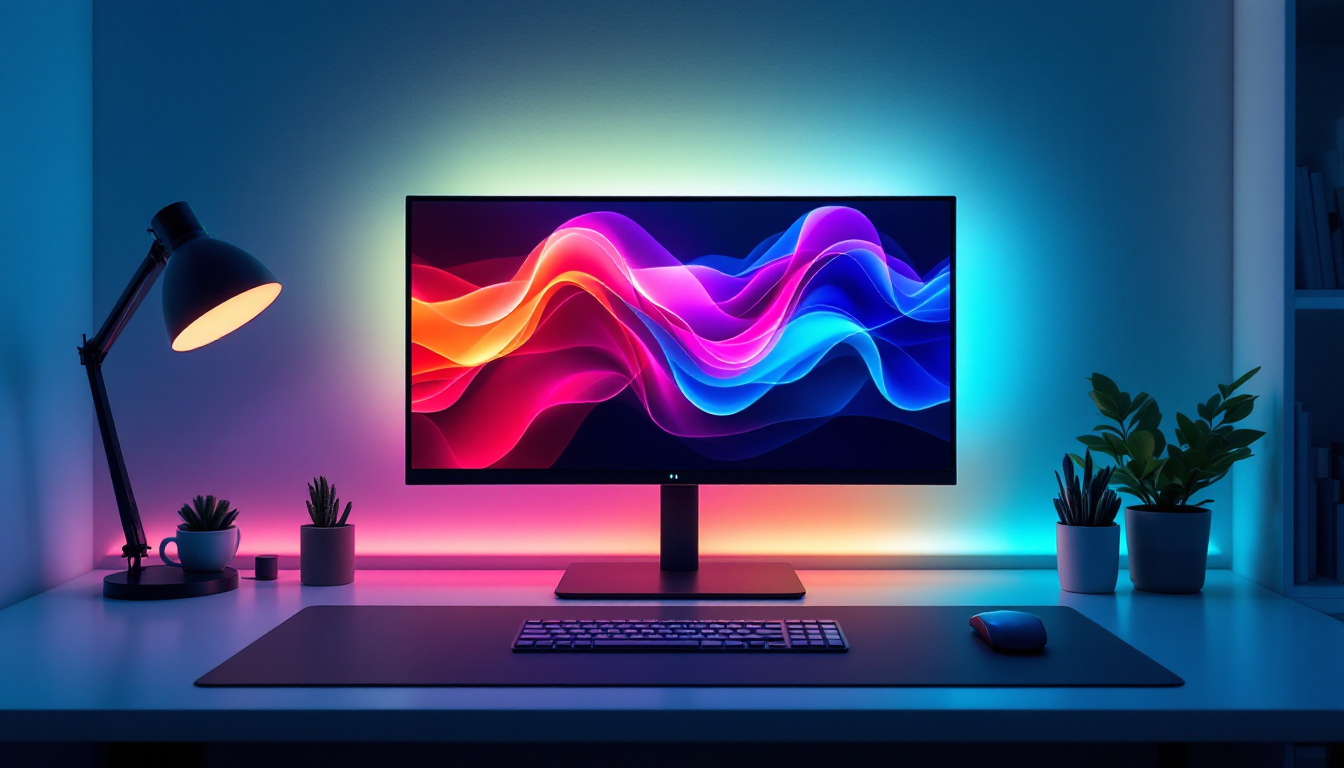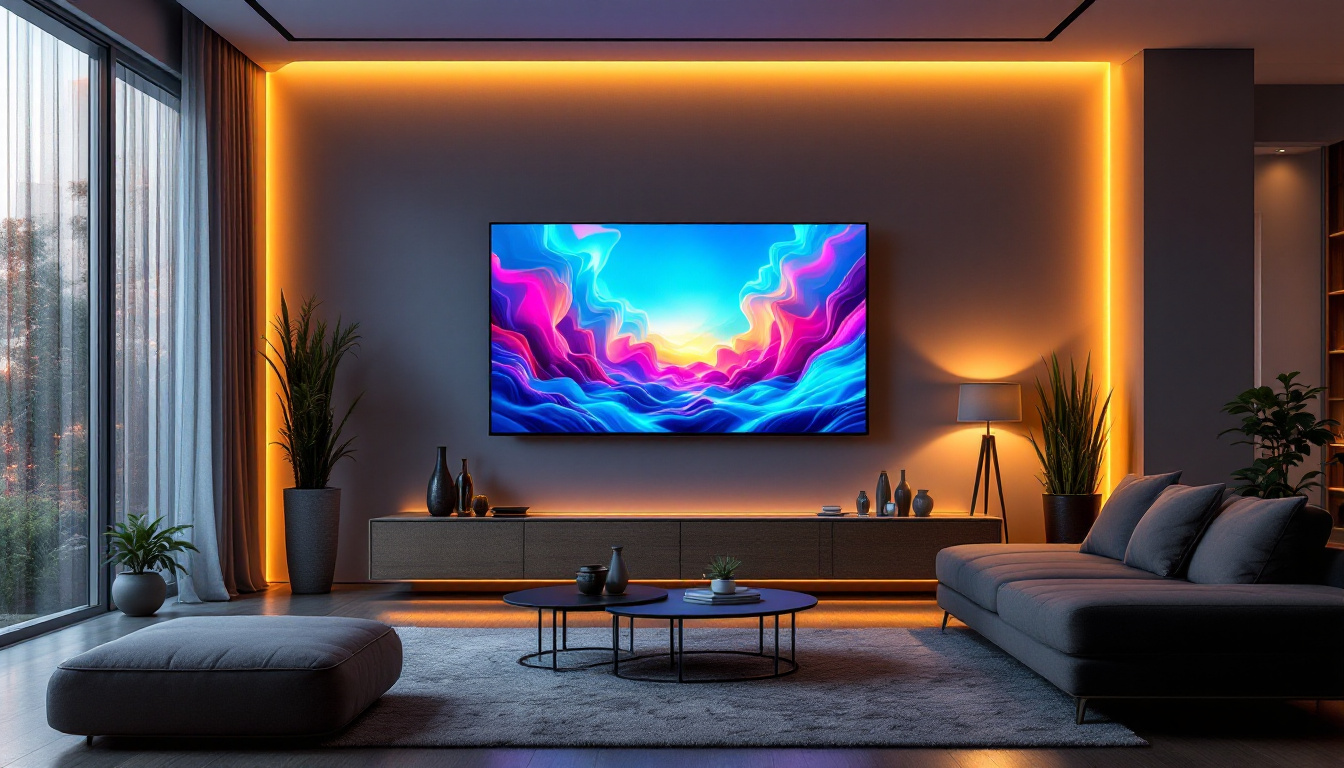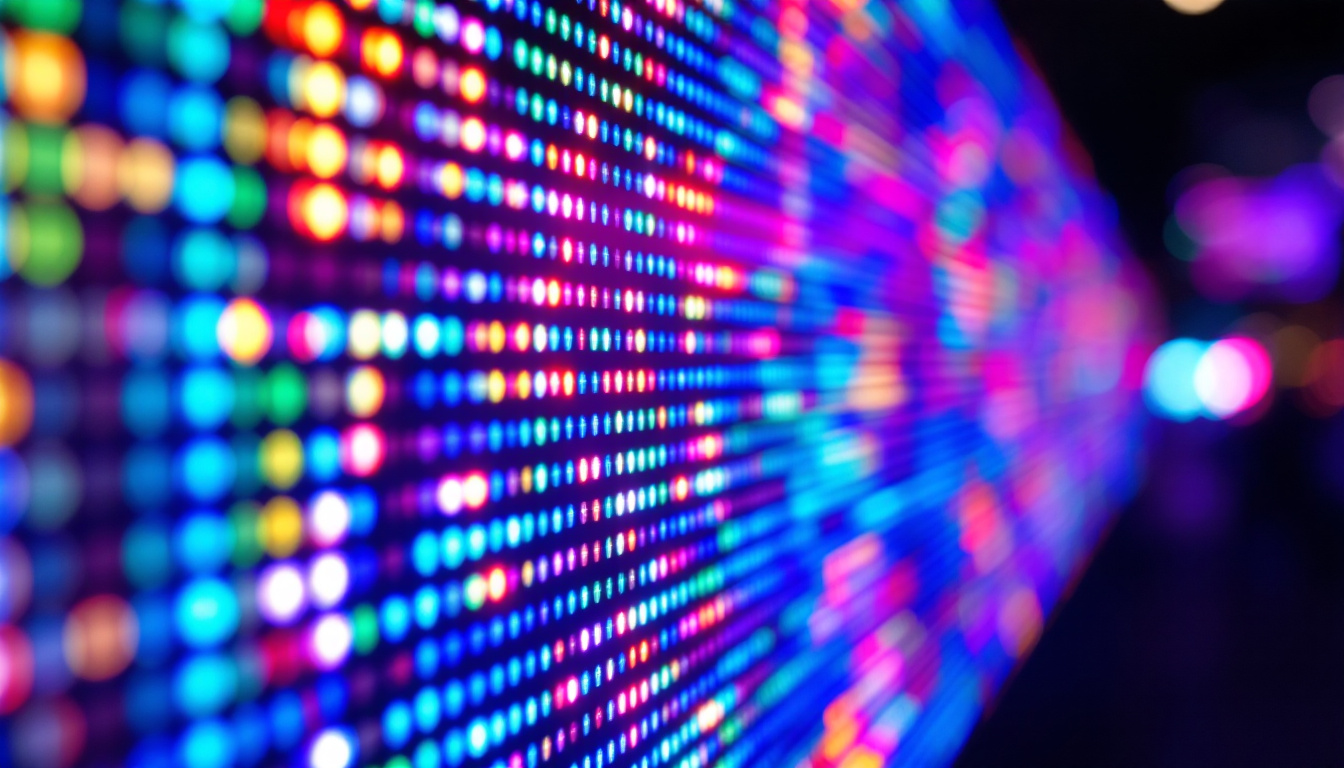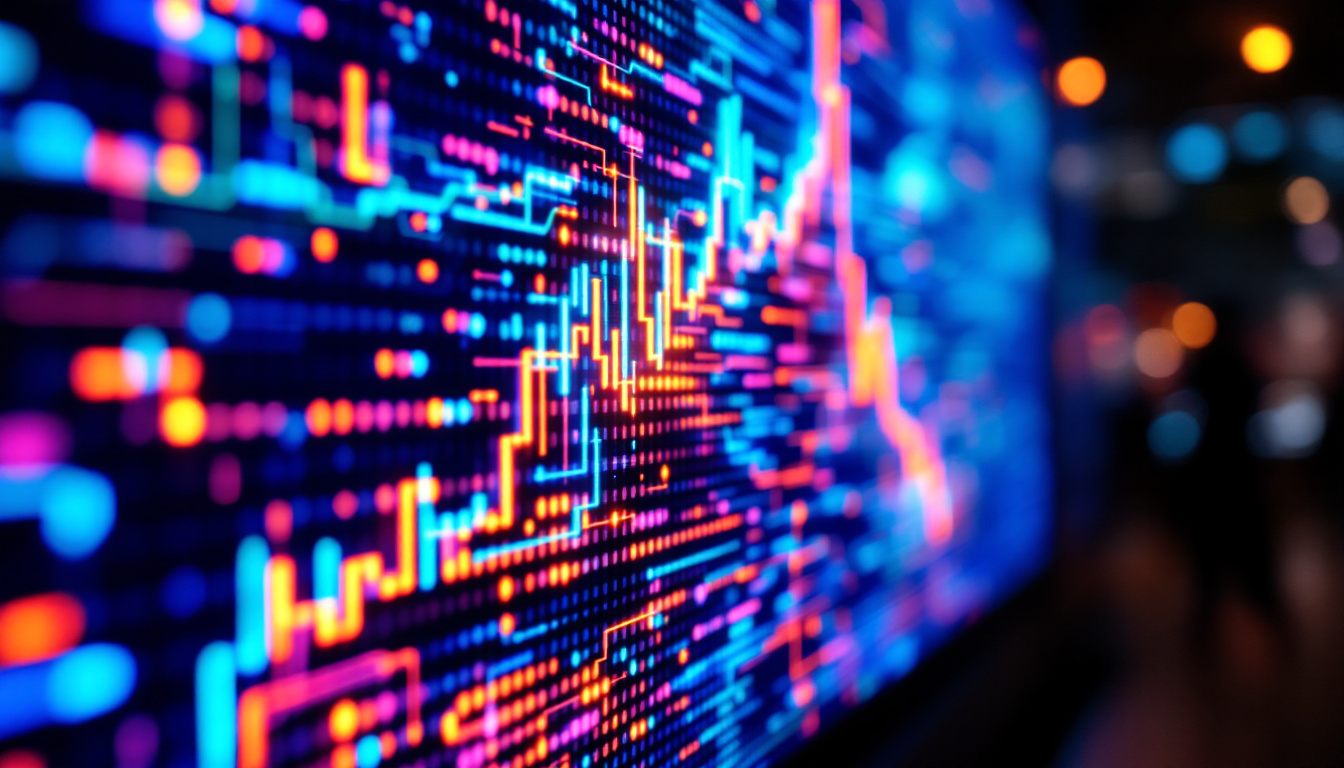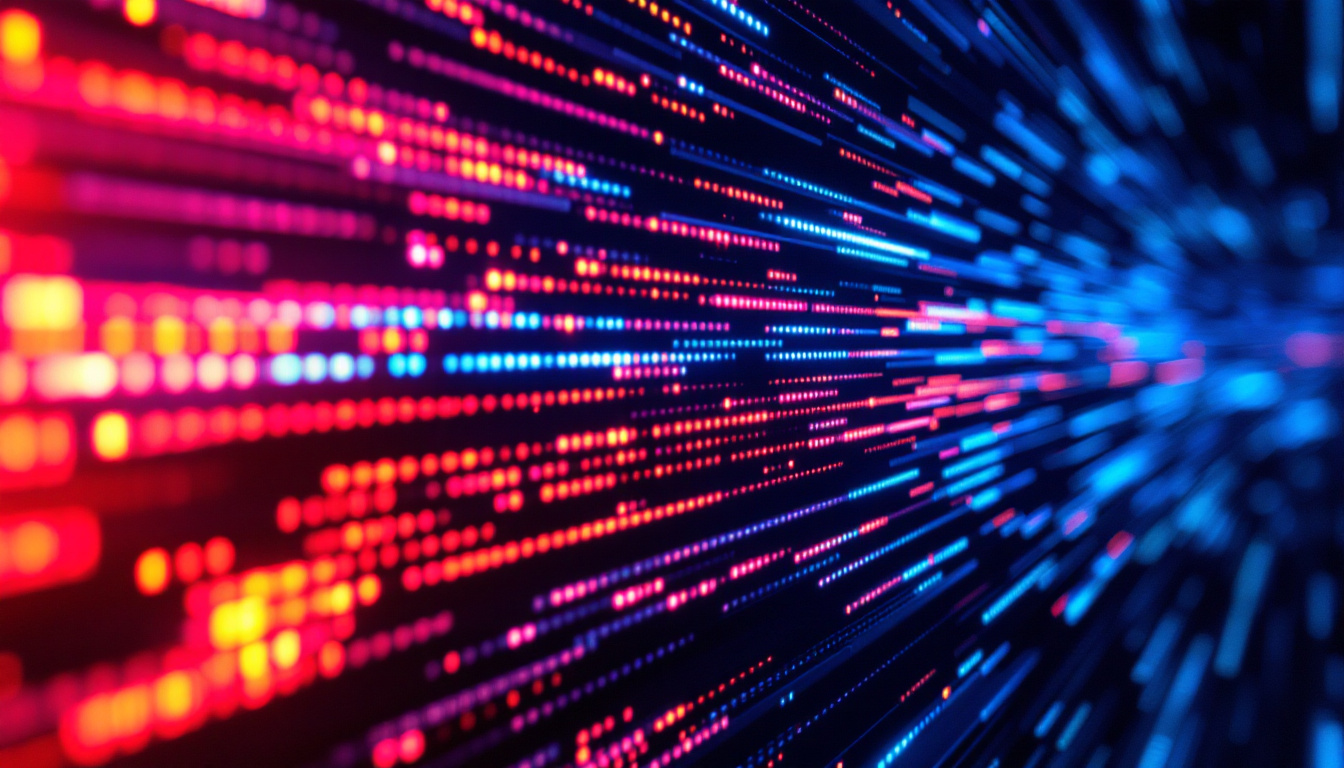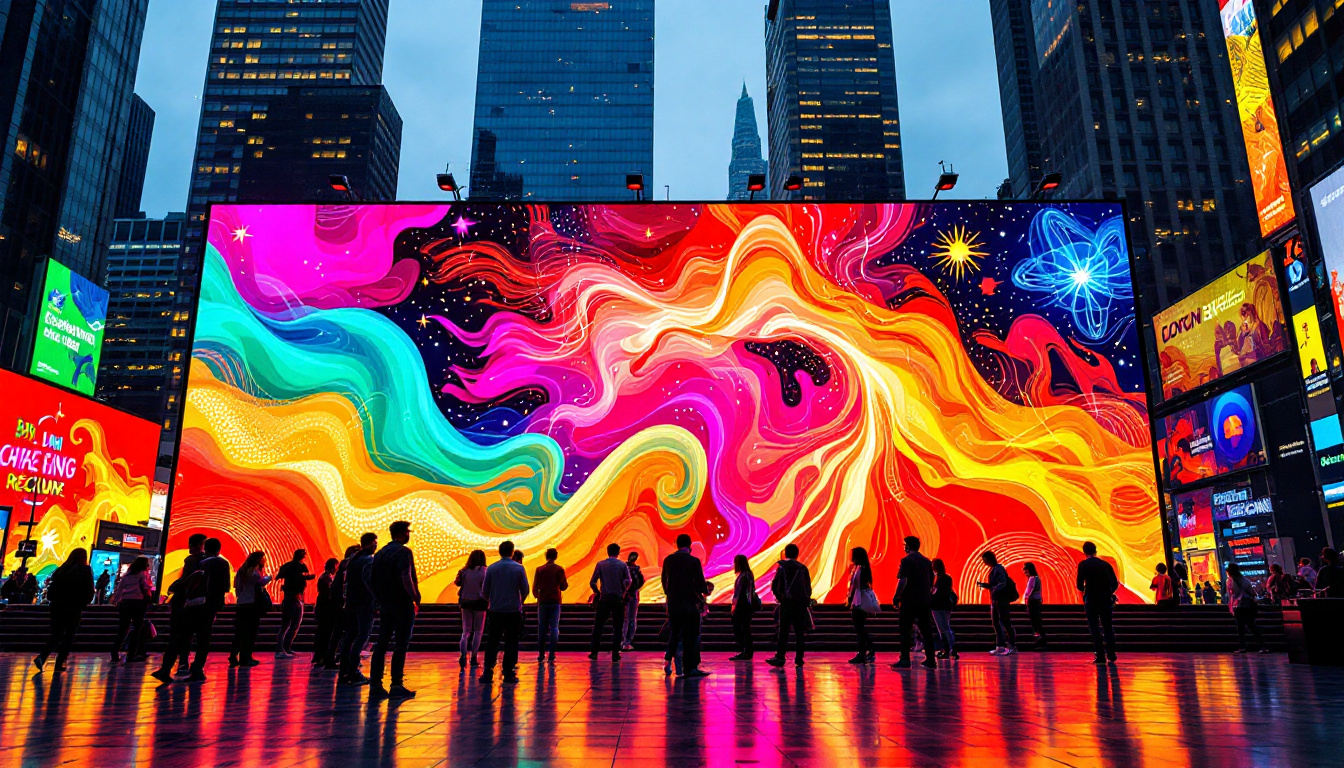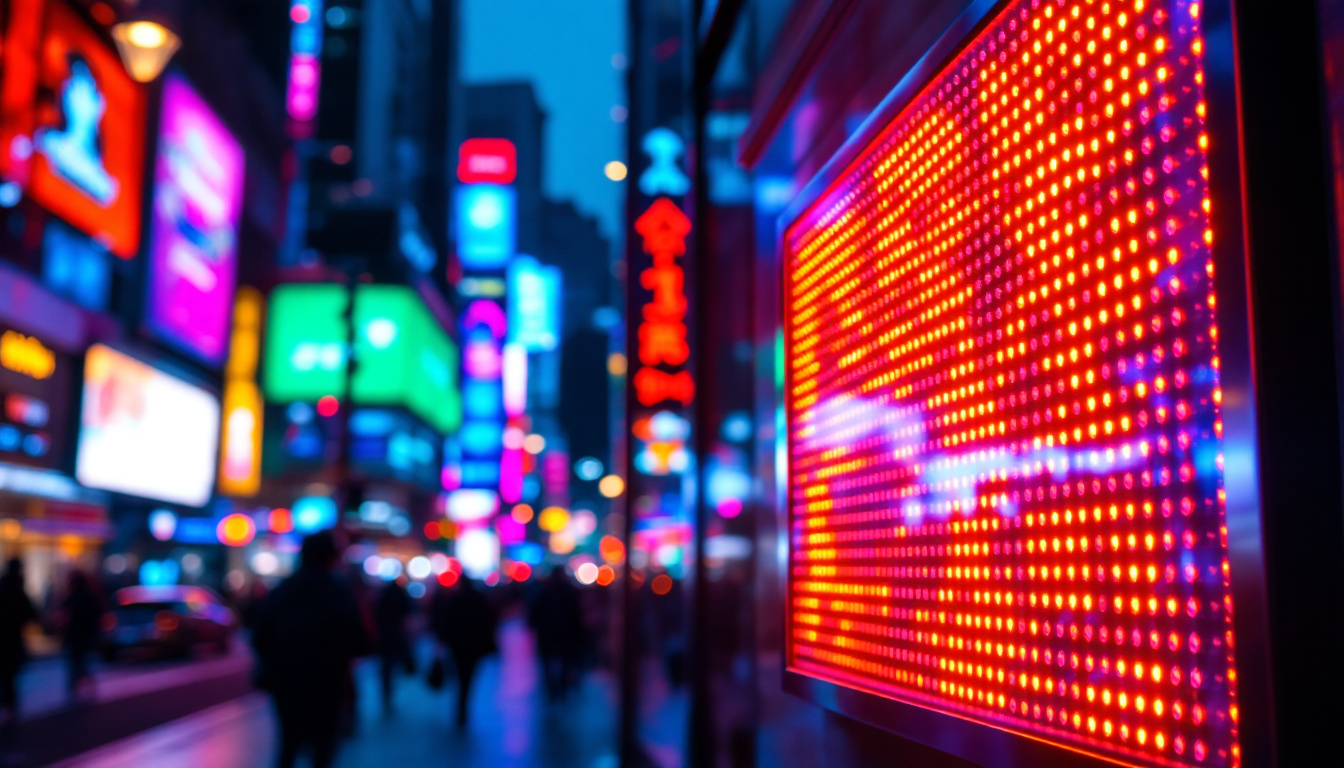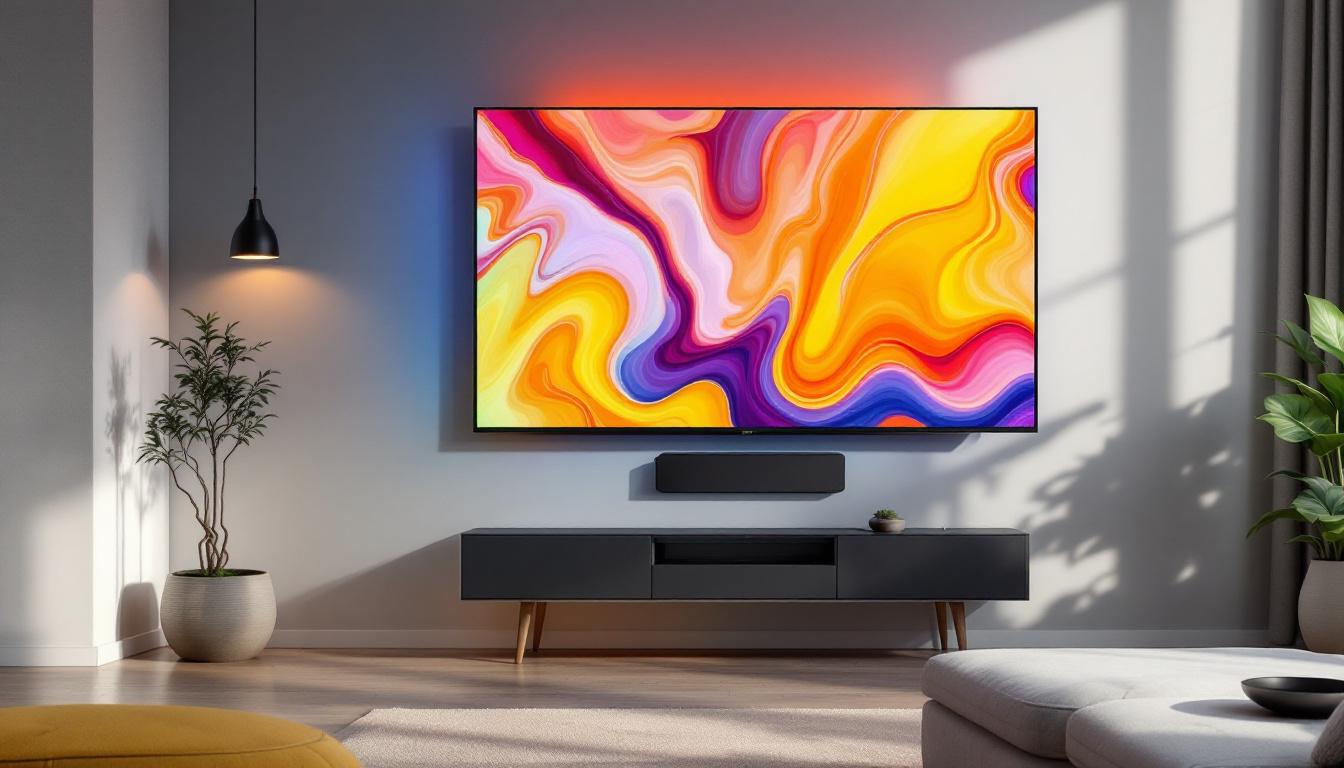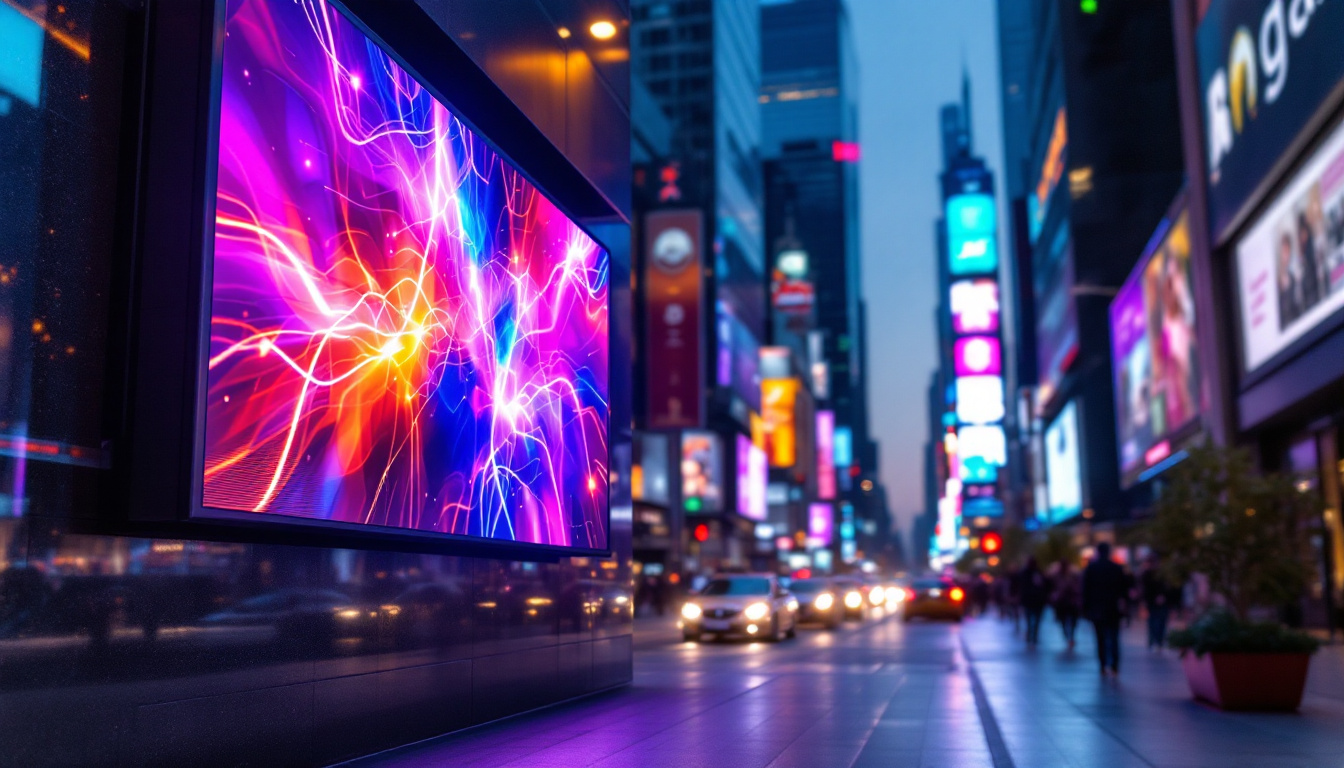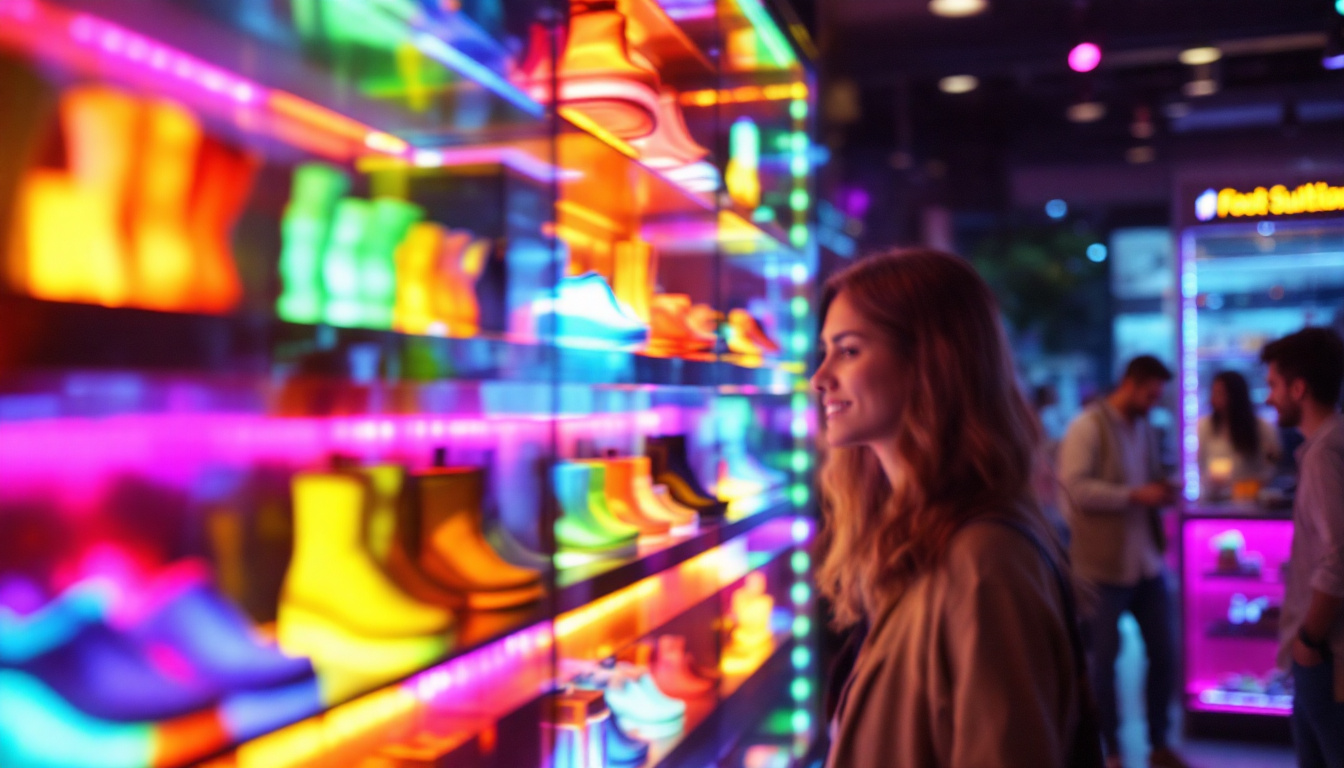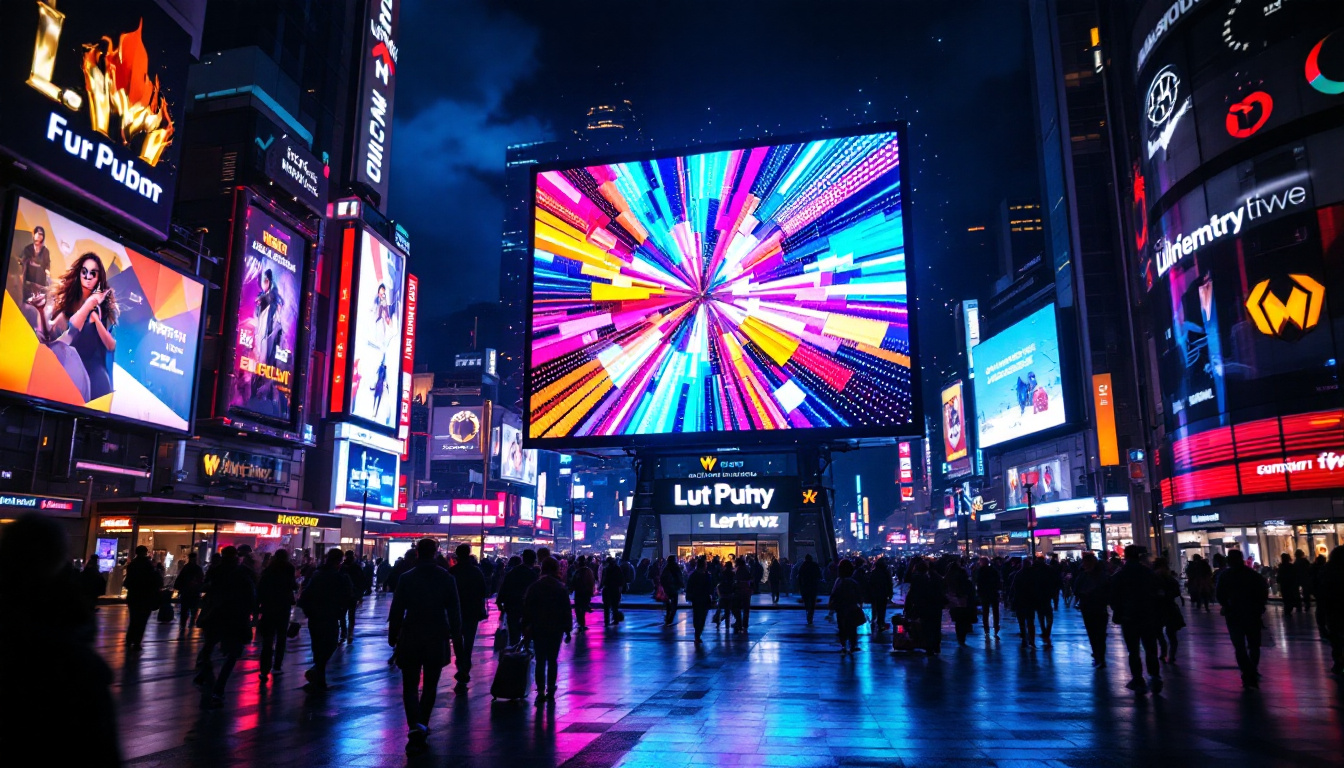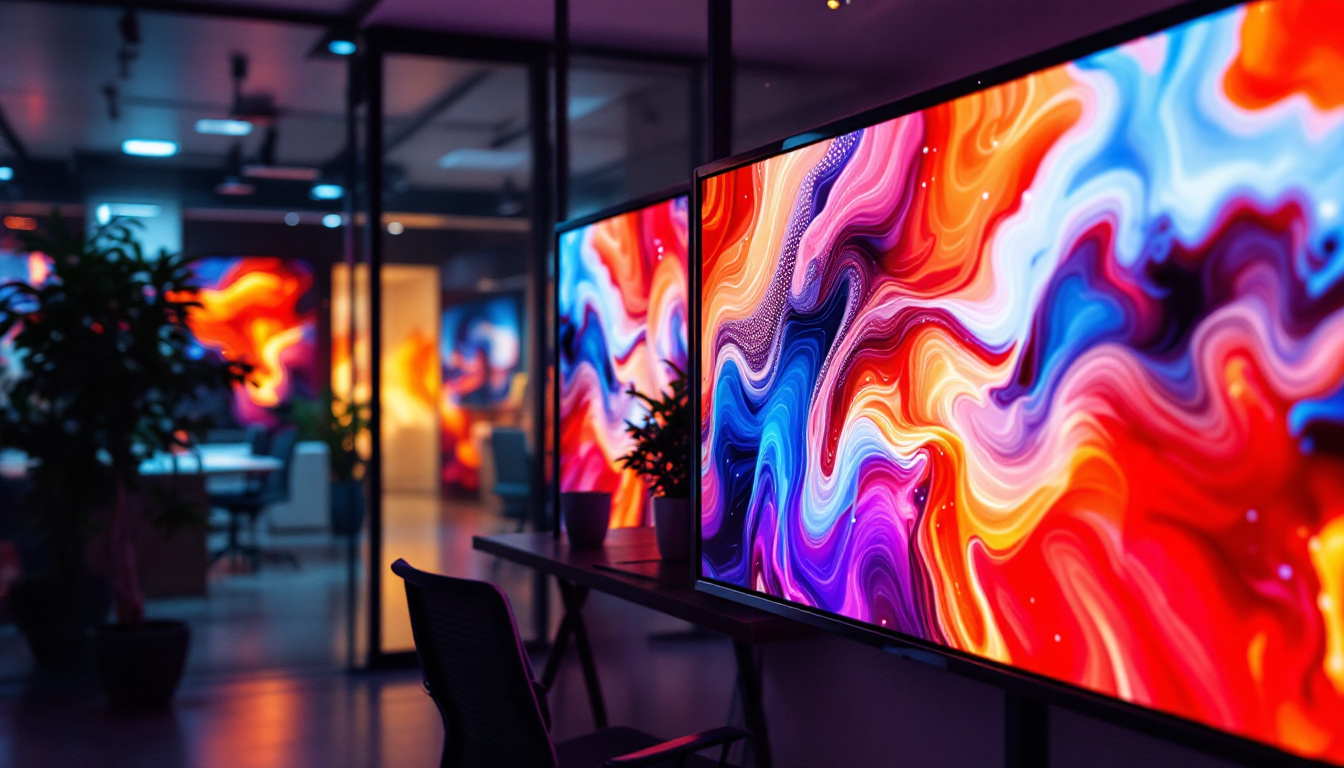In the world of technology, display screens have become an integral part of daily life. From smartphones to large television sets, the evolution of display technology has significantly enhanced visual experiences. Among the various types of displays, LED (Light Emitting Diode) technology has emerged as a popular choice for monitors due to its superior performance and energy efficiency. This article delves into the intricacies of LED displays, exploring their functionality, advantages, and the various types available in the market.
Understanding LED Display Technology
LED displays utilize light-emitting diodes to illuminate the screen, offering a vibrant and clear visual experience. Unlike traditional LCDs, which rely on fluorescent backlighting, LED displays provide a more direct and efficient way of producing light. This fundamental difference contributes to the unique characteristics of LED monitors, making them increasingly popular in various applications, from televisions to smartphones and large-scale advertising billboards. The energy efficiency of LED technology also plays a significant role in its adoption, as it consumes less power compared to older display technologies, resulting in lower electricity bills and a reduced carbon footprint.
How LED Displays Work
At the core of an LED display are tiny diodes that emit light when an electric current passes through them. These diodes can be arranged in various configurations, leading to different types of LED displays. The most common types include edge-lit and full-array LED displays. Edge-lit displays have LEDs positioned along the edges of the screen, while full-array displays feature a grid of LEDs behind the entire screen, allowing for more precise control over brightness and contrast. This precision not only enhances the visual experience but also enables manufacturers to create thinner and lighter screens, catering to consumer demand for sleek designs.
The ability to control individual pixels or groups of pixels in full-array displays results in deeper blacks and brighter whites, enhancing the overall picture quality. This technology also enables features like local dimming, where specific areas of the screen can be dimmed or brightened independently, improving the viewing experience in darker scenes. Additionally, advancements in LED technology have led to the development of HDR (High Dynamic Range) displays, which can reproduce a wider range of colors and brightness levels, further elevating the viewing experience for movies and video games.
Types of LED Displays
LED displays can be categorized into several types, each with its unique characteristics and applications. The most common types include:
- Edge-Lit LED Displays: These displays are thinner and lighter, as the LEDs are placed along the edges. They are typically more affordable but may not offer the same level of contrast as full-array displays. Despite this limitation, edge-lit displays are often used in budget-friendly televisions and monitors, providing a decent visual experience for everyday use.
- Full-Array LED Displays: With LEDs distributed across the entire back of the screen, these displays provide better color accuracy and contrast, making them ideal for high-end applications. They are commonly found in premium televisions and professional monitors, where color fidelity is crucial for tasks such as graphic design and video editing.
- OLED Displays: Although technically different from traditional LED displays, OLED (Organic Light Emitting Diode) technology is worth mentioning. OLED panels use organic compounds that emit light, allowing for even greater contrast and color depth. This technology has gained traction in the high-end market, particularly for televisions, as it can achieve true blacks by turning off individual pixels, resulting in stunning visuals that captivate viewers.
In addition to these common types, there are also specialized LED displays designed for specific environments, such as outdoor LED screens used for advertising and information displays. These outdoor displays are built to withstand various weather conditions and often feature higher brightness levels to ensure visibility in direct sunlight. Furthermore, advancements in flexible LED technology are paving the way for innovative designs, allowing displays to be curved or shaped to fit unique spaces, enhancing both aesthetics and functionality in modern architecture and digital signage.
Advantages of LED Displays
LED displays have gained popularity for a variety of reasons. Their advantages extend beyond just aesthetics; they also encompass energy efficiency, longevity, and versatility.
Energy Efficiency
One of the most significant benefits of LED technology is its energy efficiency. Compared to traditional LCDs and CRTs (Cathode Ray Tubes), LED displays consume significantly less power. This reduced energy consumption not only translates to lower electricity bills but also contributes to a smaller carbon footprint. As environmental concerns grow, the demand for energy-efficient technology continues to rise, making LED displays a preferred choice for many consumers.
Longevity and Durability
LED displays are known for their impressive lifespan. Typically, they can last up to 50,000 hours or more, depending on usage and conditions. This longevity means that users can enjoy high-quality visuals for years without the need for frequent replacements. Additionally, LED technology is more durable than traditional displays, making it less susceptible to damage from impacts or environmental factors.
Improved Visual Quality
The visual quality of LED displays is another compelling advantage. With brighter colors, higher contrast ratios, and faster response times, LED monitors provide a superior viewing experience. Whether for gaming, graphic design, or general use, the clarity and vibrancy of LED displays enhance productivity and enjoyment.
Applications of LED Displays
LED displays are versatile and can be found in a myriad of applications across various industries. Their adaptability makes them suitable for both personal and professional use.
Consumer Electronics
In consumer electronics, LED displays are ubiquitous. They are commonly used in televisions, computer monitors, and smartphones. The demand for high-definition content has driven manufacturers to adopt LED technology to meet consumer expectations for quality and performance.
Advertising and Signage
LED displays have revolutionized advertising and signage. Digital billboards and storefront displays utilize LED technology to attract attention with bright, dynamic visuals. The ability to change content quickly and easily allows businesses to promote products and services effectively, making LED displays a powerful marketing tool.
Medical and Industrial Applications
In the medical field, LED displays are used in diagnostic equipment and monitoring devices. Their clarity and reliability are crucial for accurate readings and patient monitoring. Similarly, in industrial settings, LED displays are employed for control panels, instrumentation, and safety signage, where visibility and durability are paramount.
Choosing the Right LED Display
When selecting an LED display, several factors should be considered to ensure the right choice for specific needs. Understanding these factors can help consumers make informed decisions.
Screen Size and Resolution
Screen size and resolution are critical components of an LED display. Larger screens provide a more immersive experience, especially for gaming and multimedia applications. Resolution, measured in pixels, determines the clarity of the image. Common resolutions include Full HD (1920×1080), 4K (3840×2160), and even 8K (7680×4320) for high-end displays. A higher resolution is particularly important for professional applications, such as graphic design and video editing.
Refresh Rate and Response Time
The refresh rate, measured in hertz (Hz), indicates how many times the screen updates per second. A higher refresh rate results in smoother motion, making it essential for gaming and fast-paced video content. Similarly, response time, measured in milliseconds (ms), indicates how quickly a pixel can change from one color to another. A lower response time reduces motion blur, enhancing the viewing experience during action sequences.
Connectivity Options
Modern LED displays come equipped with various connectivity options, including HDMI, DisplayPort, USB-C, and VGA. Ensuring compatibility with existing devices is crucial. Additionally, features like built-in speakers, USB hubs, and adjustable stands can enhance usability and convenience.
Future of LED Display Technology
As technology continues to advance, the future of LED displays looks promising. Innovations are expected to enhance the capabilities and applications of LED technology.
MicroLED Technology
MicroLED technology is an emerging trend that promises to revolutionize display technology. MicroLED displays consist of tiny, individual LEDs that can produce their light, similar to OLED. This technology offers the potential for higher brightness, better color accuracy, and improved energy efficiency. With the ability to create modular displays, MicroLEDs could lead to new possibilities in screen design and application.
Flexible and Transparent Displays
Another exciting development is the advent of flexible and transparent LED displays. These displays can be bent and shaped to fit various surfaces, opening up new possibilities for design and integration. Transparent displays have the potential to transform advertising and retail environments, allowing for interactive and engaging experiences.
Enhanced Smart Features
As smart technology continues to evolve, LED displays are likely to incorporate more advanced features. Integration with artificial intelligence (AI) and the Internet of Things (IoT) can lead to smarter displays that adapt to user preferences, optimize energy consumption, and enhance overall functionality.
Conclusion
LED displays have fundamentally changed the way people interact with technology, offering numerous advantages in terms of energy efficiency, visual quality, and durability. Their versatility makes them suitable for a wide range of applications, from consumer electronics to industrial uses. As technology progresses, the future of LED displays holds exciting possibilities, promising even greater advancements in visual experiences.
Whether for personal use or professional applications, understanding the intricacies of LED display technology is essential for making informed decisions. With continuous innovations on the horizon, LED displays are set to remain at the forefront of display technology for years to come.
Explore Cutting-Edge LED Displays with LumenMatrix
Ready to elevate your visual experience with the latest in LED display technology? Discover the innovative solutions offered by LumenMatrix, a leader in crafting state-of-the-art LED displays that bring your content to life. From dynamic Indoor LED Walls to captivating Outdoor LED Displays and beyond, LumenMatrix provides a spectrum of options to meet your unique needs. Whether for advertising, entertainment, or information display, our products are designed to enhance engagement and convey your message with unparalleled clarity. Check out LumenMatrix LED Display Solutions today and join the revolution in visual communication.


